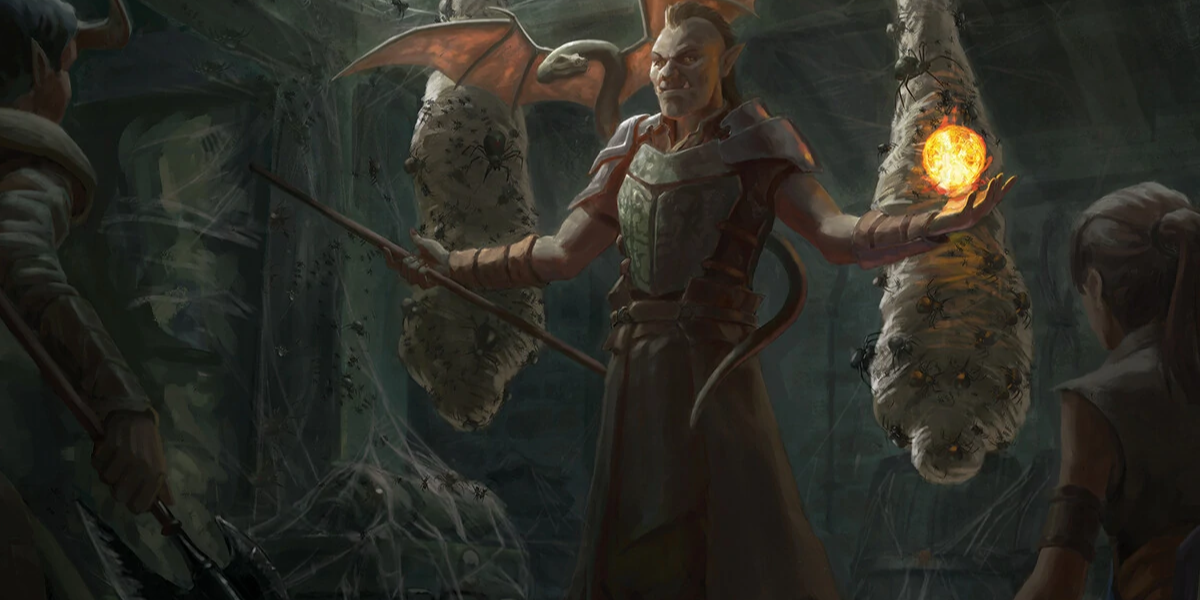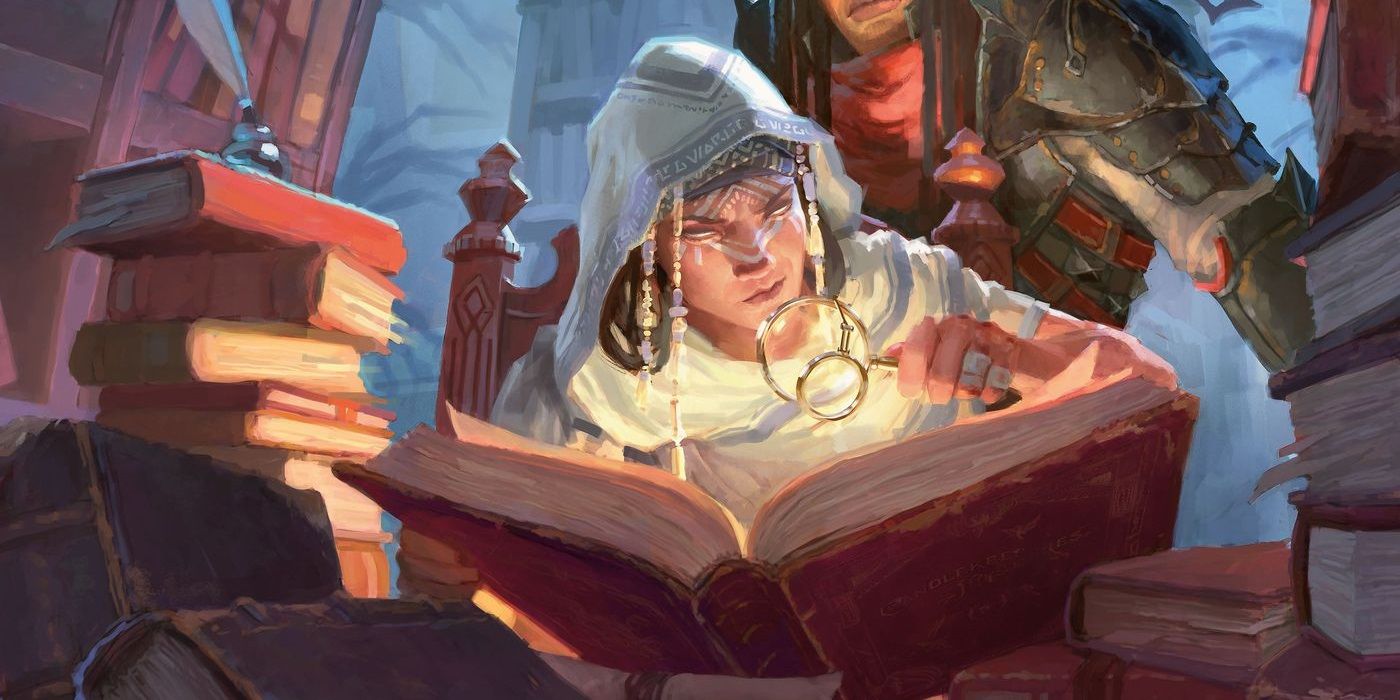Spells are among the most fun aspects of Dungeons & Dragons, but choosing the right ones can be fraught with indecision. Most players and guides focus on the first few spells a caster should take or the options they should ultimately aim for. However, the middle range of second level spells are crucial for many players -- and they often go overlooked. The second level is filled with pitfall choices that may seem useful when its time to choose more spells. However, when you're filling up those spells, some options are better left avoided.
Second level spells can be incredibly useful when used correctly, but the trick is understanding what niche they best fill. In general, second level spells don't excel in combat. Instead, the best ones are versatile and remain useful throughout the game rather than only working in highly specific situations. When looking over the combat options available in the second level, it's hard to compete with simply upcasting the spell slot using the first level Magic Missile or cantrips like Eldritch Blast and Fire Bolt.
Ray of Enfeeblement is possibly the worst combat-centric option at the second level, as it doesn't actually do damage. Instead, it seeks to mitigate the damage an opponent does while requiring a spell attack and only working against strength-based weapon attacks. Even worse, it can be undone by a successful Constitution saving throw at the end of a target's turn. It would almost be better to just prepare the Dodge action than to use a spell slot on Ray of Enfeeblement. There simply aren't specific scenarios where it comes in handy.
Mind Spike and Melf's Acid Arrow are two other attack options which may seem reasonable, but the math just doesn't make them worth it. Mind's Spike can be useful for tracking fleeing targets, but easier options like Hunter's Mark are better -- and successful skill checks can often serve the same purpose. As for Melf's Acid Arrow, it just doesn't pack enough punch with its d4s of damage. Plus, it's hard to compete with Magic Missile dealing a superior damage type automatically on multiple targets rather than requiring a spell attack on a single target.
For options outside of combat, it's hard to get more acutely situational than Gentle Repose. The circumstance where it is handy very rarely comes up. The spell preserves a corpse and guards it from rising as an undead minion, but both are only useful in incredibly specific situations. Perhaps if a party could not immediately resurrect an ally but knows they would be able to after a considerable amount of time or if they were facing a necromancer this would find a purpose. However, carrying a gently-reposed body around will come with its own problems. Additionally, undead minions are weak and readily available enough that warding specific subjects won't come up that often. It's hard to say a ritual spell can be a waste of a slot, but this is really isn't worth it.
It can be hard to optimize a character's prepared spells, but focusing on general trends always helps. When looking at the best options for the second level, steer clear of combat options and look for versatility over specificity. Spells like See Invisibility or Darkvision can be useful for the right party under the right circumstances, but it's hard to beat Invisibility or Enhance Ability, two spells that will be helpful in far more situations.


